Calisthenics vs. Powerlifting: Which is More Effective for Strength Training?
Topic - Workout
Published by ROVFIT | 07.03.2023
The information and products featured on this website are intended for educational and informational purposes only.
We are not responsible for any injuries, illnesses, or negative outcomes that may occur from using this information.
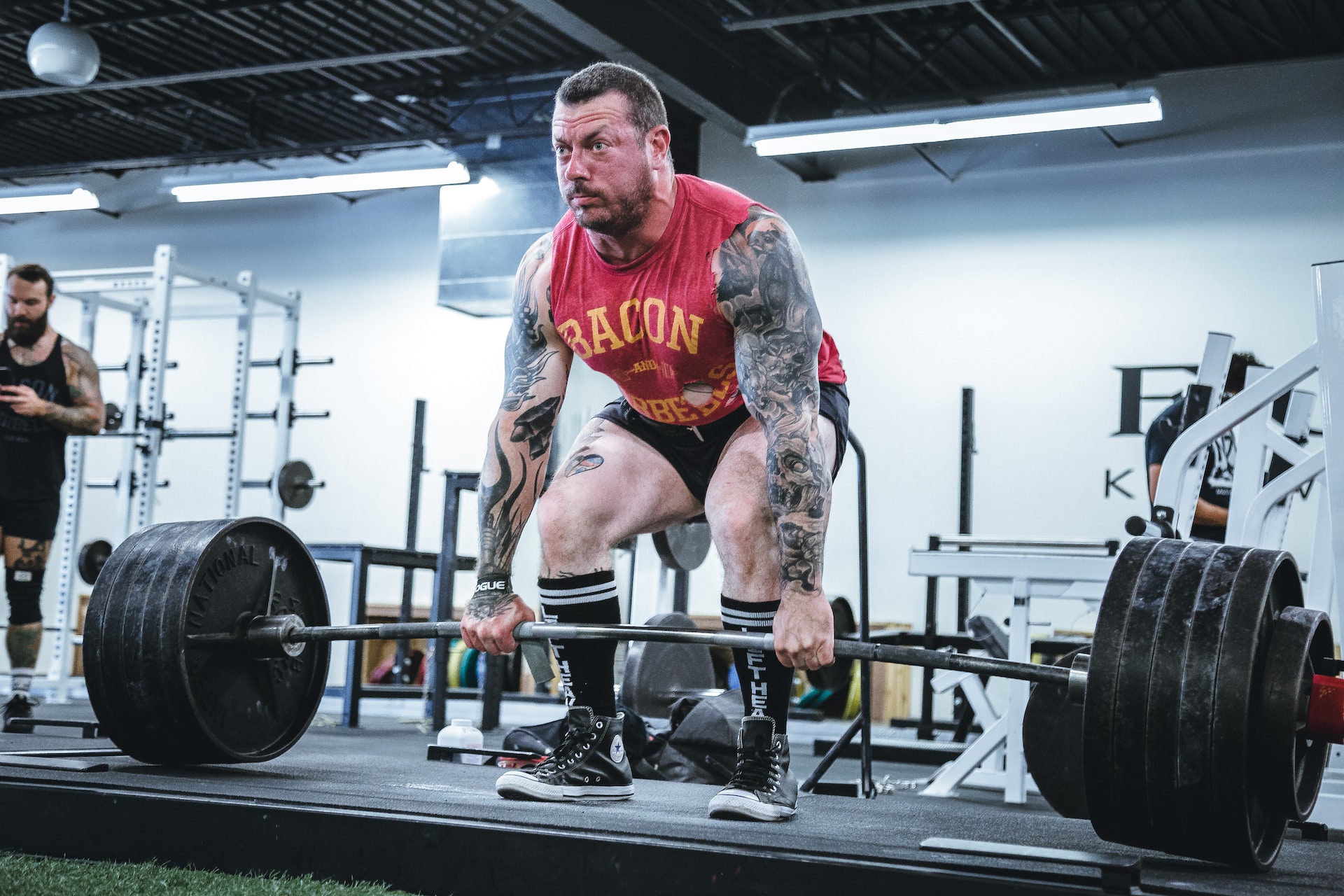
Welcome to ROVFIT.com, your go-to source for all things calisthenics. In this article, we will explore a popular debate in the fitness world: Calisthenics vs. Powerlifting. Both forms of training are known for their ability to develop strength, but which one is more effective? Whether you're a beginner or a seasoned fitness enthusiast, understanding the differences and benefits of each method will help you make an informed decision. In this comprehensive guide, we will delve into the unique aspects of calisthenics and powerlifting, examine their advantages and limitations, and ultimately determine which approach is best suited for your strength training goals. So, let's dive in and uncover the secrets behind these two powerful training methodologies.
Calisthenics - Strength Training with Your Bodyweight
Calisthenics is a form of strength training that primarily utilizes bodyweight exercises. By leveraging gravity and your own body as resistance, calisthenics builds functional strength, flexibility, and muscular endurance. Here are some key aspects of calisthenics:
-
Exercise Variety: Calisthenics offers a vast array of exercises that target different muscle groups and movement patterns. From push-ups and pull-ups to squats and handstands, the versatility of calisthenics ensures a well-rounded strength training routine.
-
Functional Strength: Calisthenics focuses on improving strength that directly translates to real-life movements. By engaging multiple muscle groups simultaneously, calisthenics enhances coordination, stability, and overall athleticism.
-
Convenience and Accessibility: One of the major advantages of calisthenics is its accessibility. No fancy equipment or gym membership is required. You can perform calisthenics exercises anywhere, making it a convenient option for those with limited resources or busy schedules.
Powerlifting - Unleashing Maximum Strength
Powerlifting, on the other hand, is a strength sport that revolves around three main lifts: the squat, bench press, and deadlift. The focus in powerlifting is on lifting as much weight as possible for a single repetition. Consider the following key aspects of powerlifting:
-
Heavy Weight Training: Powerlifting is synonymous with heavy weights. Lifters train with near-maximal loads, aiming to build maximum strength and power in the specific lifts of the sport.
-
Progressive Overload: Powerlifters utilize the principle of progressive overload, gradually increasing the weight lifted over time to stimulate muscular adaptation and growth.
-
Competitive Aspect: Powerlifting is a competitive sport with structured events and competitions. Many athletes are drawn to the excitement and camaraderie that come with participating in powerlifting meets.
Comparing Effectiveness for Strength Training
Now that we have explored the key elements of both calisthenics and powerlifting, let's compare their effectiveness for strength training:
-
Muscle Hypertrophy: Both calisthenics and powerlifting can stimulate muscle growth and hypertrophy. Powerlifting, with its emphasis on heavy weights, has a slight advantage in promoting significant muscle size gains. However, calisthenics offers a unique advantage in developing lean, functional muscle due to its focus on bodyweight exercises.
-
Strength Gains: Powerlifting is unparalleled in building absolute strength. The heavy loads and specific training adaptations in powerlifting can result in significant increases in maximal strength. Calisthenics, while not focused solely on maximal strength, can still lead to substantial strength gains, particularly in relation to bodyweight movements.
-
Skill Development: Calisthenics places a strong emphasis on body control, balance, and coordination. Mastering advanced calisthenics movements requires significant skill development, which enhances athleticism and body awareness. Powerlifting, while demanding technical proficiency, primarily focuses on lifting heavy weights.
-
Equipment Requirements: Calisthenics wins in terms of simplicity and accessibility, as it can be performed with little to no equipment. Powerlifting, on the other hand, often requires specialized equipment such as barbells, weights, and power racks.
In conclusion, both calisthenics and powerlifting offer unique advantages for strength training. Calisthenics excels in functional strength, exercise variety, and convenience, making it an excellent choice for those seeking a well-rounded fitness routine. Powerlifting, with its focus on heavy weights and maximal strength, is ideal for individuals looking to compete in the sport or prioritize absolute strength gains. Ultimately, the choice between calisthenics and powerlifting depends on your specific goals, preferences, and resources. Consider combining elements of both training methods to create a well-balanced and personalized strength training program. Remember, consistency and progressive overload are key, regardless of the training style you choose. Keep pushing your limits and enjoy the journey to a stronger you.
More Articles

How to Bulk Properly this Winter with Bodyweight Workout AKA Calisthenics
Published by ROVFIT | 01.07.2024
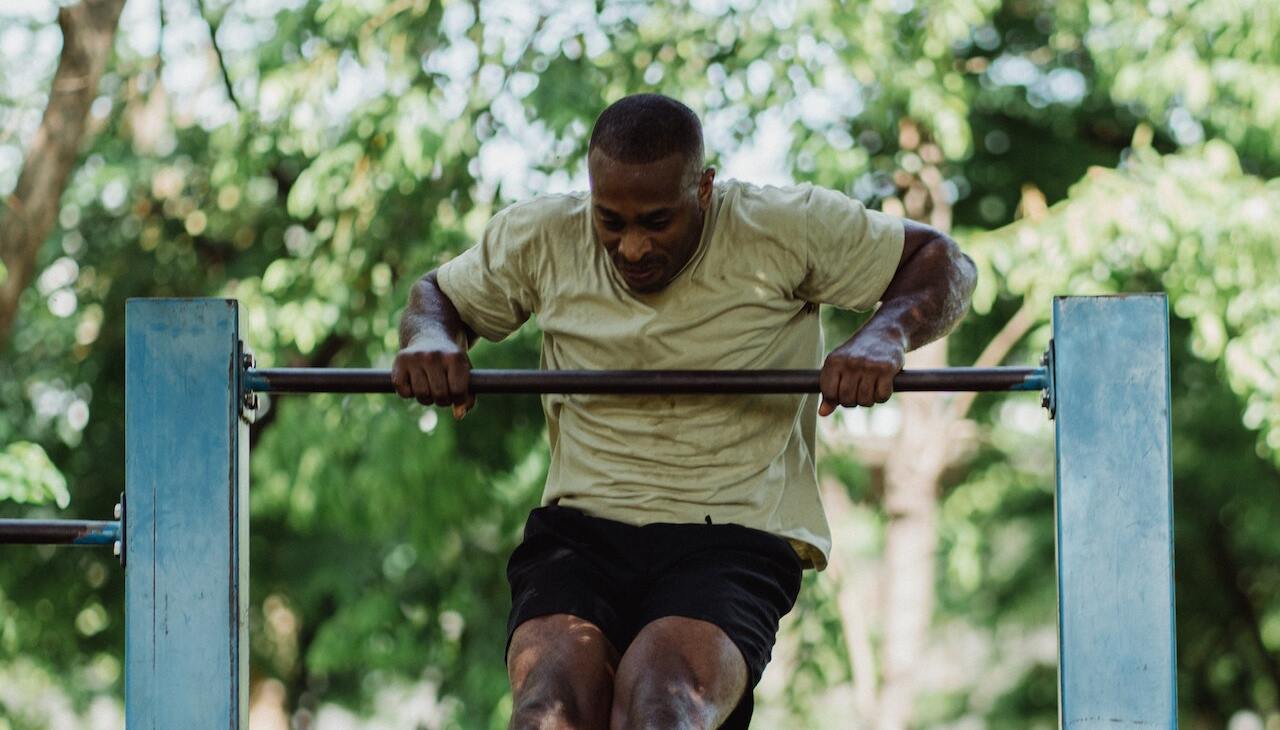
Top 5 Calisthenics Challenges to Test Your Endurance and Strength
Published by ROVFIT | 08.21.2023
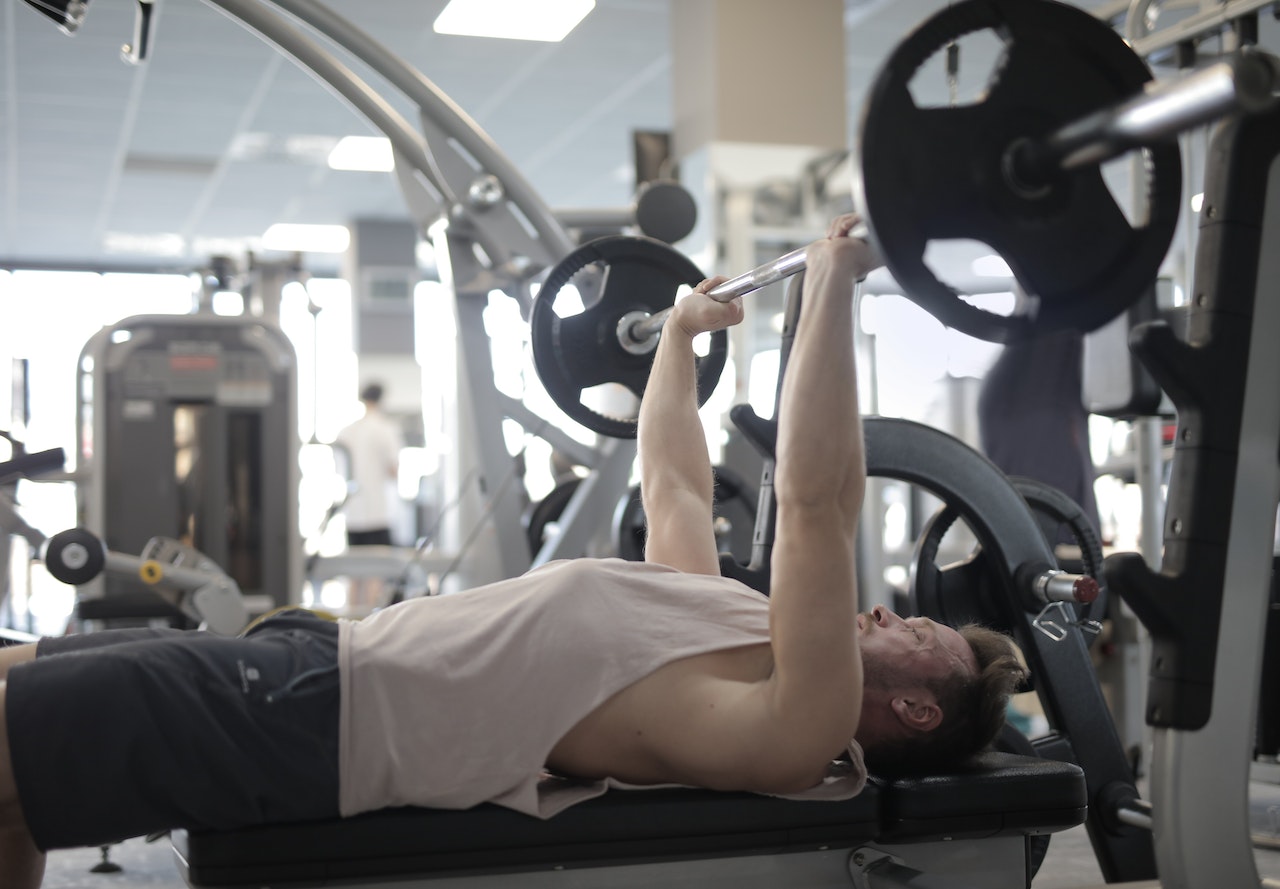
Push Up vs. Bench Press: An In-Depth Research-Based Comparison
Published by ROVFIT | 08.15.2023
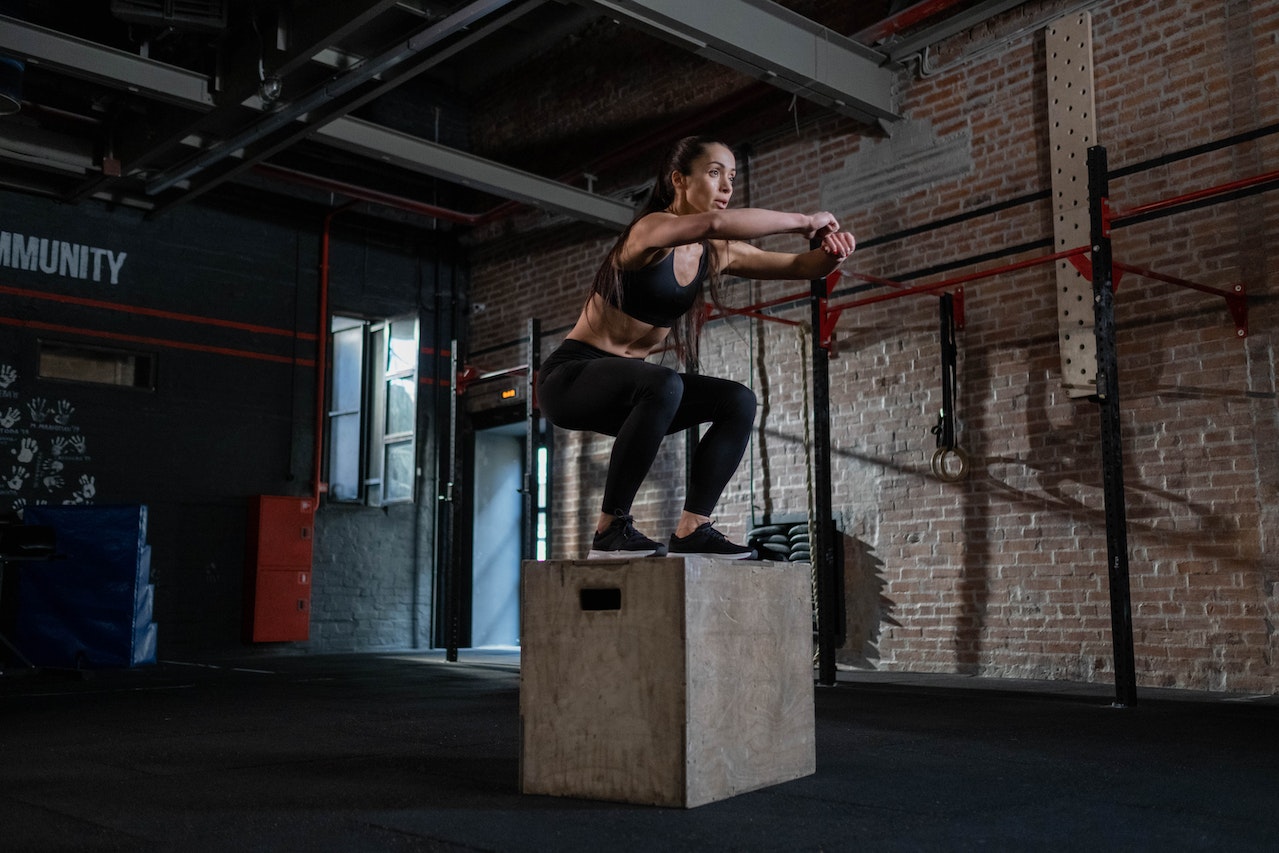
Top 5 Bodyweight Exercises for Developing Explosive Power and Speed
Published by ROVFIT | 08.14.2023
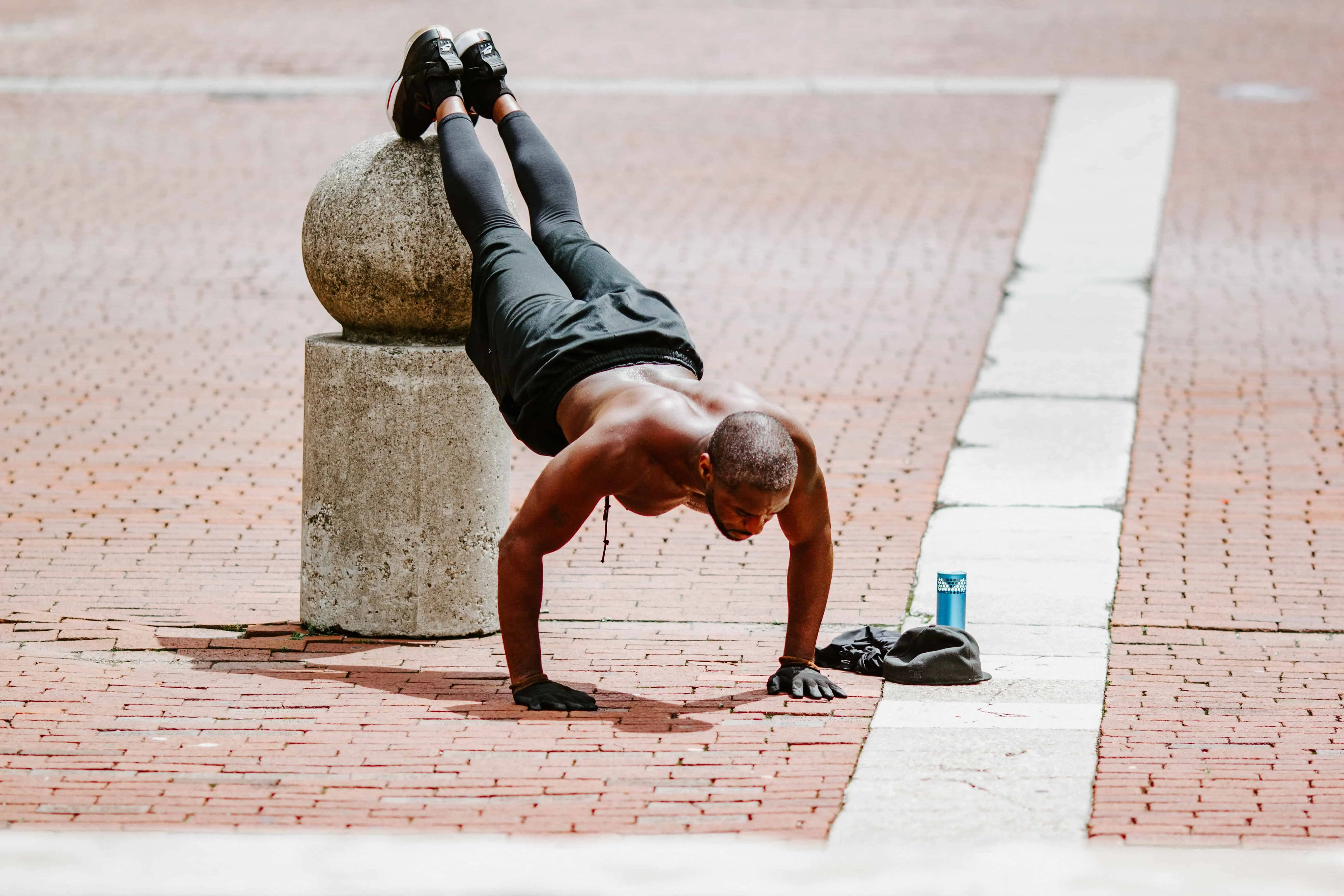
Get Your Personal Workout Plan
in Less Than 1 Minute!
Ready to achieve your fitness goals? Take our quick quiz and get a workout plan tailored for you!
Get My Plan